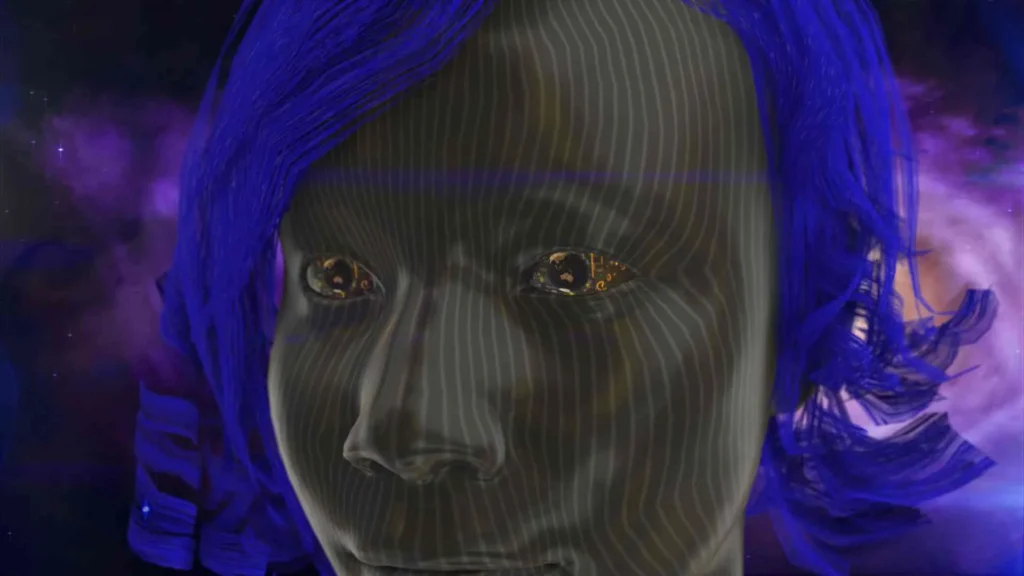In today’s digital jungle, fake news and cat videos aren’t the only things you need to watch out for. We’re living in an age where the line between reality and fantasy is as blurry as the plot of a Christopher Nolan movie. Technology is advancing faster than a cat chasing a laser pointer, making it increasingly difficult to distinguish between what’s real and what’s not. Enter or spot deepfakes and AI-generated images—the digital doppelgängers that can fool even the sharpest eyes. But fear not! With a bit of knowledge and a keen eye, you can become a master at spotting these digital tricksters.
What Are Deepfakes and AI-Generated Images?
Deepfakes are videos or images where artificial intelligence (AI) has been used to replace one person’s likeness with another. Imagine swapping faces with your favorite celebrity in a video—that’s a deep fake! AI-generated images, on the other hand, are pictures created entirely by AI, often looking eerily realistic.
Why Should You Care?
Deepfakes and AI-generated images can be used for harmless fun, like creating funny memes or entertaining videos. However, they can also be used for malicious purposes, such as spreading misinformation, creating fake news, or even committing fraud. Knowing how to spot these fakes is crucial in today’s digital age.
The Telltale Signs of Deepfakes and AI-Generated Images

- Unnatural Facial Movements: Deepfakes often struggle with replicating natural facial movements. Look for oddities in how the mouth moves, especially during speech. If the lips don’t sync perfectly with the audio, you might be looking at a deep fake.
- Inconsistent Lighting and Shadows: AI-generated images can have inconsistent lighting and shadows. If the lighting on the face doesn’t match the rest of the scene, it’s a red flag.
- Strange eye movements: Eyes are notoriously difficult for AI to replicate accurately. Watch for unnatural eye movements or a lack of blinking. If the person in the video seems to have a staring contest with the camera, it could be a deepfake.
- Blurry or Mismatched Edges: Pay attention to the edges of the face, especially around the hairline and ears. Deepfakes often have blurry or mismatched edges that don’t blend well with the rest of the image.
- Unusual Skin Texture: AI-generated images can have skin that looks too smooth or too textured. If the skin looks like it’s been through an Instagram filter on steroids, it’s probably fake.
- Background anomalies: Check the background for any anomalies or distortions. AI sometimes struggles with creating realistic backgrounds, leading to weird artwork or inconsistencies.
Tools to Help You Spot Deepfakes
- Deepware: This tool uses advanced AI algorithms to analyze media files and determine if they have been manipulated. It provides a detailed report with a probability score indicating the likelihood of the media being a deepfake.
- DeepFakeDetector.ai: This tool is adept at filtering out AI-generated videos and audio, safeguarding users against deepfake scams. It’s particularly valuable for media reporting and legal proceedings.
- WeVerify Deepfake Detector: This tool offers a comprehensive analysis of media files, including a probability score and detailed reporting. It’s user-friendly and versatile, making it a great choice for both individuals and organizations.
Solutions to Combat Deepfakes and AI-Generated Images
- Education and Awareness: The first step in combating deepfakes is to educate yourself and others about their existence and potential dangers. Share this article with your friends and family to spread awareness.
- Use Detection Tools: Utilize the tools mentioned above to analyze suspicious media. These tools can help you identify deepfakes and AI-generated images with a high degree of accuracy.
- Verify Sources: Always verify the source of the media. If a video or image seems suspicious, check if it’s been reported by reputable news outlets. Reverse image search tools like Google Images can help you find the source of an image.
- Stay Skeptical: In the age of digital manipulation, it’s essential to maintain a healthy level of skepticism. If something seems too good (or too bad) to be true, it probably is.
- Advocate for Regulations: Support policies and regulations that aim to combat the misuse of deepfake technology. Encourage lawmakers to implement measures that hold creators of malicious deepfakes accountable.
Spotting deepfakes and AI-generated images might seem like a daunting task, but with the right knowledge and tools, you can become a digital detective. Remember to look for unnatural facial movements, inconsistent lighting, strange eye movements, blurry edges, unusual skin texture, and background anomalies. Use detection tools, verify sources, and stay skeptical. By staying informed and vigilant, you can help combat the spread of misinformation and protect yourself and others from the potential dangers of deepfakes.
